Ferris Jabr writes about a very cool piece of bacterial collection tech:
Kim Lewis collects dirt. For the past decade, he and his colleagues—all scientists in Massachusetts—have asked friends and family around the United States to send them 1-gallon Ziploc bags of backyard soil. It might not seem like much, but it turns out that a little grime can hold a trove of groundbreaking scientific discoveries.
In 2011, Lewis’s team began analyzing a bag of soil from a grassy field in Maine, focusing on bacteria naturally growing inside. The scientists mixed some of the dirt with water and nutrients—proteins, for instance, and potato starch—and poured the mixture over specially designed domino-sized plastic blocks punctured with dozens of tiny wells. Each minuscule compartment captured 20 microliters of the slurry, which, thanks to the dilution, contained just a single bacterial cell. Finally, the researchers packed the small plastic slabs in buckets with the remainder of the soil and left them alone for a month.
The procedure’s relative simplicity belied its true sophistication. When Lewis, a microbiology professor at Northeastern University, and the other researchers unearthed the blocks, they found just what they were hoping for: The bacteria had multiplied. The wells were teeming with microbes, many of which were species no scientist had ever studied.
